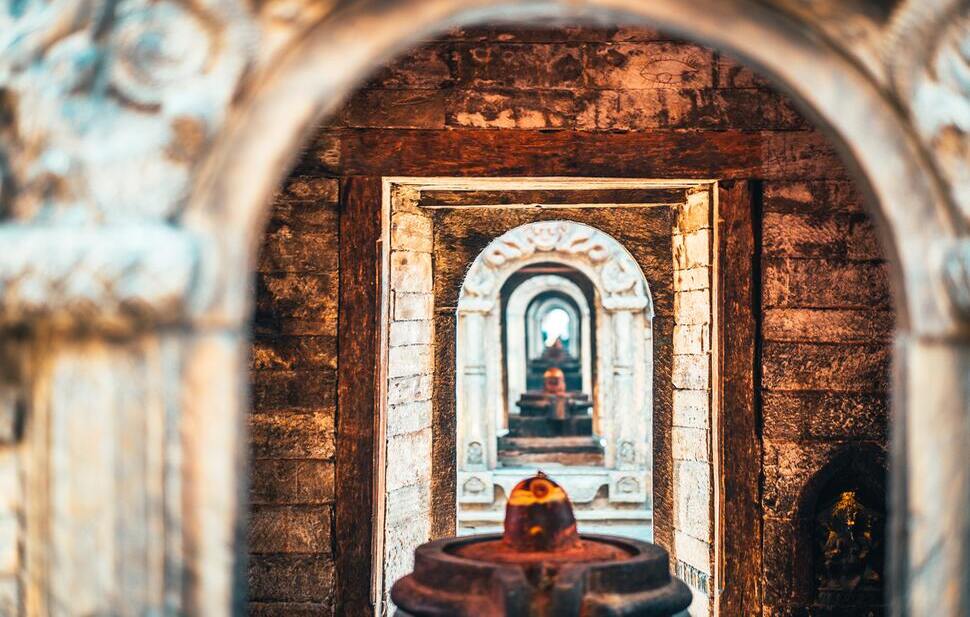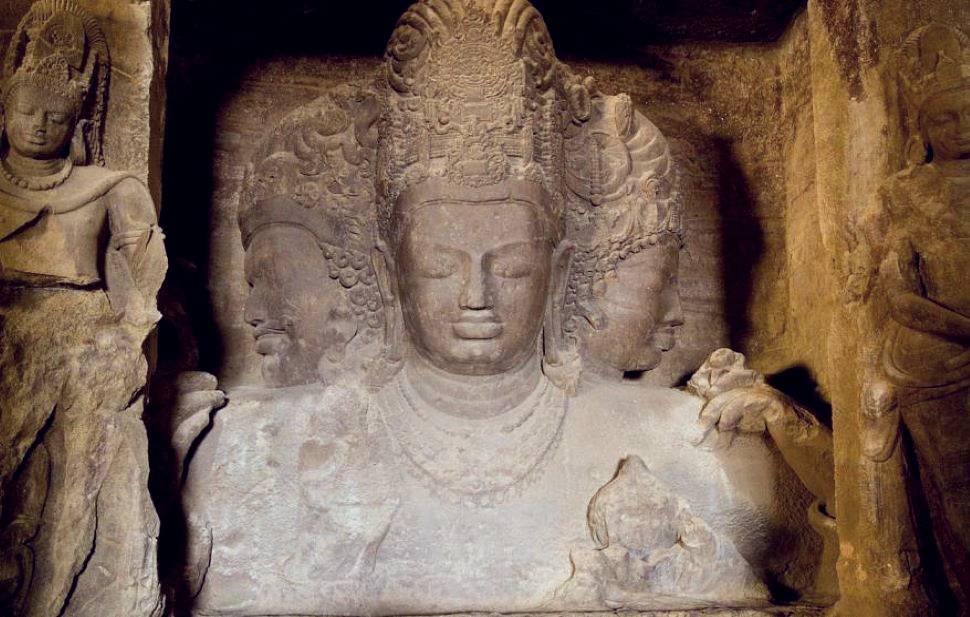During the 11-12th centuries CE, some of the most important Śaiva texts were composed in Tamilnadu, the Civañāṉapōtam being the most remarkable. It is the shortest ever philosophical text consisting of just 12 Tamil verses which in a nutshell gives the essential concepts of Śaivasiddhānta. This text had, in fact, inaugurated a new movement within the tradition of Śaivasiddhānta in south India. After this watershed moment, for nearly eight centuries the entire development of Śaivasiddhānta was mainly based on this text through commentaries and sub-commentaries whereby the Civañāṉapōtam had become the fundamental text, and the full edifice of Śaivavsiddhānta philosophy of the succeeding centuries was built on this foundation.
Civappirakācam (Sivaprakasam) as it is spelt in Tamil, is a hundred-verse text composed by Umāpati (circa 14th century CE), considered to be one of the four Santāna Ācārya-s of the Śaivasiddhānta in Tamilnadu. Apart from being a detailed commentary on the Civañāṉapōtam, it discusses most of the major concepts of the Śaivasiddhānta. In so doing the Civappirakācam offers the clearest definitions to some of the basic concepts of the systme. Umāpati had systematized the Śaivasiddhānta so firmly by giving the definitions of the fundamental concepts in the framework of the Veda (= Vedānta) and the Śaivāgamas by refuting the opponents’ views. The Vedānta system, with its different important schools—such as the Advaita, Dvaita, Bhedābheda, etc.—was well established and quite influential during Umāpati’s period. In his Civappirakācam, he states clearly that the Śaivasiddhānta is not difference (bheda) or difference cum nondifference (bhedābheda) or even absolute nondifference (abheda) between the individual self and Śiva. On the contrary, Śivasiddhānta, according to Umāpati, is beyond all these and is in fact a refinement of the Vedānta expounded in the Upaniṣads.
In Civappirakācam verse 13, he tries to define Śiva in terms mostly resembling the Vedāntic definition of Brahma. Śiva is bereft of any impurity (niṉmala), unique (ēka), impartite (akhaṇḍita), immovable (acala), full of supreme bliss (ānanda), smallest of small and biggest of the big (ciṟitākip peritāki), etc. This reminds us of the definition of Brahma offered in the Kaṭhopaniṣad, 2: 20.
Umāpati categorically states in Civappirakācam, verse 10, that all rituals are means (nimittam) to attain the supreme knowledge by which the self attains liberation. At the dawn of supreme knowledge, the self realises its essential śiva-nature and thereby its non-dual relation (ananyatva) with Śiva. Further, Umāpati states that by the practice of caryā, kriyā and yoga, as prescribed in the Śaivāgamas, one attains (in liberation) residence in the world of Śiva (sālokya), proximity with (sāmīpya) and similarity of form with Śiva (sārūpya). Regarding knowledge, Umāpati clearly says that it is of two kinds: the supreme grace of Śiva which destroys the darkness of the āṇavamala, and the Śaivāgama scriptural corpus which teaches and elaborates about that supreme grace.
In further articles, we will get a chance to discuss more about this important text.


